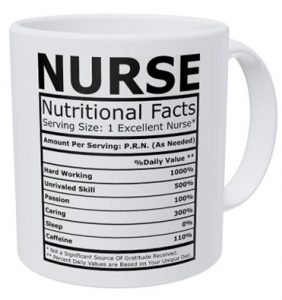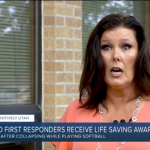200K to 450K Nursing Shortage Expected by 2025 Without Action
 The country may see a nursing shortage of between 200,000 and 450,000 registered nurses (RNs) by 2025 if healthcare stakeholders and federal leaders do not take action to address the dwindling workforce, according to a report from McKinsey & Company.
The country may see a nursing shortage of between 200,000 and 450,000 registered nurses (RNs) by 2025 if healthcare stakeholders and federal leaders do not take action to address the dwindling workforce, according to a report from McKinsey & Company.
McKinsey’s latest data reflects responses from 710 frontline nurses and 156 healthcare professionals providing direct patient care.
Healthcare providers continue to face workforce shortages and operational challenges that were exacerbated by the COVID-19 pandemic. In addition, patient demand will likely rise in the coming years due to the country’s growing and aging population.
Researchers estimated that the US will have a 10 to 20 percent nursing gap by 2025 as the number of patients needing care exceeds the number of nurses. The RN supply could potentially see a low of 2.4 million, while the RN demand could be a low of 2.8 million nurses.
The country would have to more than double the number of new graduates entering and staying in the nursing workforce every year for the next three years to meet this demand, according to McKinsey.
The projected nursing shortage could improve or worsen depending on how the industry responds to the crisis.
For example, the number of nurses needed would decrease by about 25,000 for every 1 percent expansion of capacity achieved through new care delivery models, technology-enabled productivity tools, or alternative care sites, the report stated. On the other hand, the shortage could worsen by around 30,000 nurses for every 1 percent of nurses that leave the field.
Between 2017 and 2021, the RN turnover rate increased from 17 percent to 26 percent. According to separate data from McKinsey, 29 percent of RNs reported that they were likely to leave direct patient care as of March 2022. Among those RNs, 15 percent intended to leave the workforce altogether.
The rate of new nurses coupled with the retirement rate will likely be a substantial driving factor behind the nursing shortage, the report emphasized.
Between 2016 and 2019, new registered nursing licenses grew by 4 percent each year. The growth rate in 2020 was only about 1 percent due to the pandemic. After applying pre-pandemic nursing license rates, assuming the percentage of RNs in direct patient care roles is constant, and presuming the retirement rate will remain at 3 percent per year, the rate of new nurses would still be below demand.
The prevalence of COVID-19, long COVID, and chronic conditions in an aging population are projected to increase patient demand for nurses. The country is expected to see a 1 to 12 percent increase in inpatient hospitalization days in 2025, according to the report.
In addition, older adults with chronic conditions increasingly sought care in ambulatory and outpatient settings, with visit volumes at these care sites expected to grow.
The report presented several actions healthcare leaders can take to help address the nursing shortage.
Organizations should work on attracting more people to nursing roles to increase the number of new graduates entering the workforce. Educational institutions could promote traditional nursing paths, encourage allied health professionals to consider nursing, or identify and train new sources of talent.
To support this encouragement, institutions would have to increase the number of academic and clinical spots for nurses, the report noted.
“To increase the number of spots, higher education institutions could increase resources and healthcare providers could find ways to support training while still often managing their own staff shortages,” researchers wrote.
New care delivery models could also help address the workforce shortage by reducing the burden on nurses and maximizing their time and energy.
Additionally, healthcare providers could leverage analytics and artificial intelligence to improve workforce planning efficiency, the report suggested.
Federal and state governments should also take action to help address the projected nursing shortage. For example, public officials could launch educational campaigns that highlight the benefits of nursing. Governments could also develop financial incentives for current and prospective nurses, such as tuition reimbursement, student loan forgiveness, or additional financial support, the report concluded.
(This story originally appeared REVcycle Intelliegence.)




